Did you know that animals are responsible for more than half of the infectious diseases that humans contract? Animals are thought to transmit six out of ten reported infectious diseases, according to scientists. Many are lethal and can trigger outbreaks, such as the COVID-19 pandemic currently underway. A zoonosis or zoonotic disease occurs when infectious germs from animals spread to humans. Although animals can be adorable, sweet, or delicious, be wary if they are infected! Continue reading to hear about ten dreadful zoonotic diseases and how to avoid contracting them.
Table of Contents
1. Toxoplasmosis
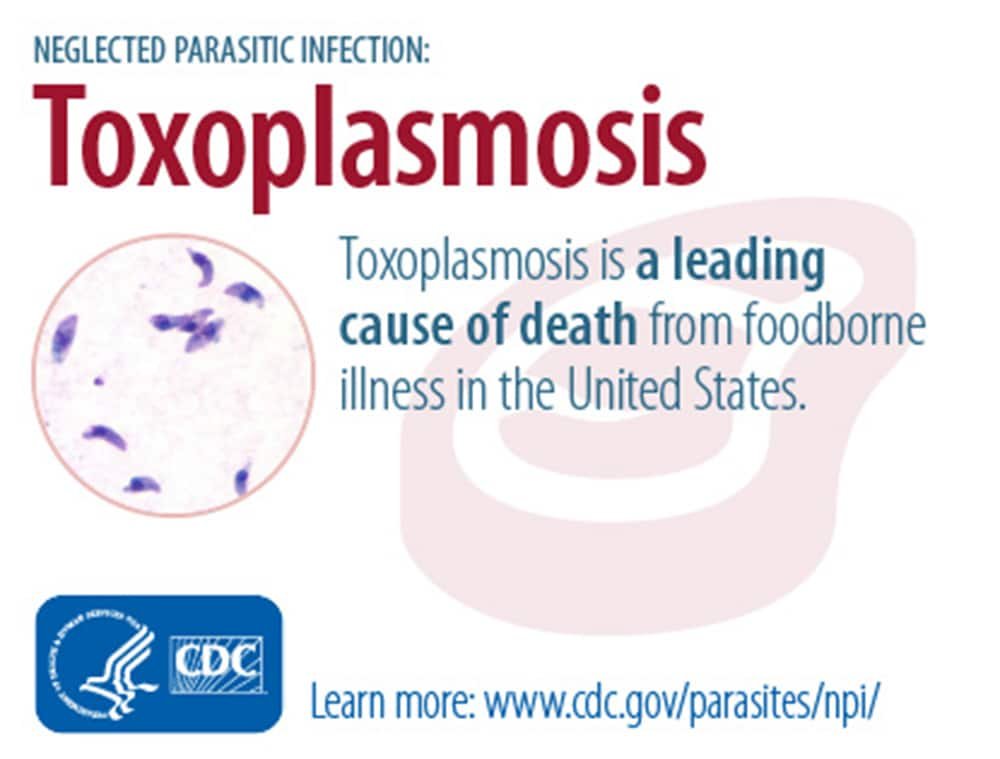
Toxoplasmosis is a viral infection caused by the Toxoplasma gondii (T. gondii) microorganism. This parasite can be found in the air, on soil, in the sea, and in the bodies of most warm-blooded animals. Its main hosts, however, are domestic cats. The microorganism reproduces sexually within the cat’s guts, which isn’t exactly a romantic honeymoon spot. Since rodents infected with the parasite exhibit odd habits and become easy prey for cats, it is often referred to as the “mind control” disease. T. gondii has also been linked to an uptick in reckless behavior in humans.
Toxoplasmosis may be contracted by coming into contact with tainted cat urine or eating polluted raw or undercooked meat. T. gondii is a parasitic worm that enters our bodies as an embryo and hides in the brain, heart, or skeletal muscle tissue. When it matures, it becomes a tachyzoite, an aggressive parasite. A tachyzoite’s ability to replicate and disperse rapidly allows it to target body tissues with weak immune defenses.
Toxoplasmosis is a parasitic infection that affects up to 2 billion people worldwide. Toxoplasmosis has no effects in the majority of patients and does not require therapy. Mild signs such as swollen lymph nodes or flu-like aches can affect up to 20% of people. Extreme infections can result in the following complications in rare cases:
Change in vision
Harm to the brain
a state of paralysis
Schizophrenia is a mental illness that affects people.
Tissues of the heart that are inflamed
Toxoplasmosis can be lethal if brain damage goes untreated, particularly in people with weakened immune systems.
2. Salmonellosis
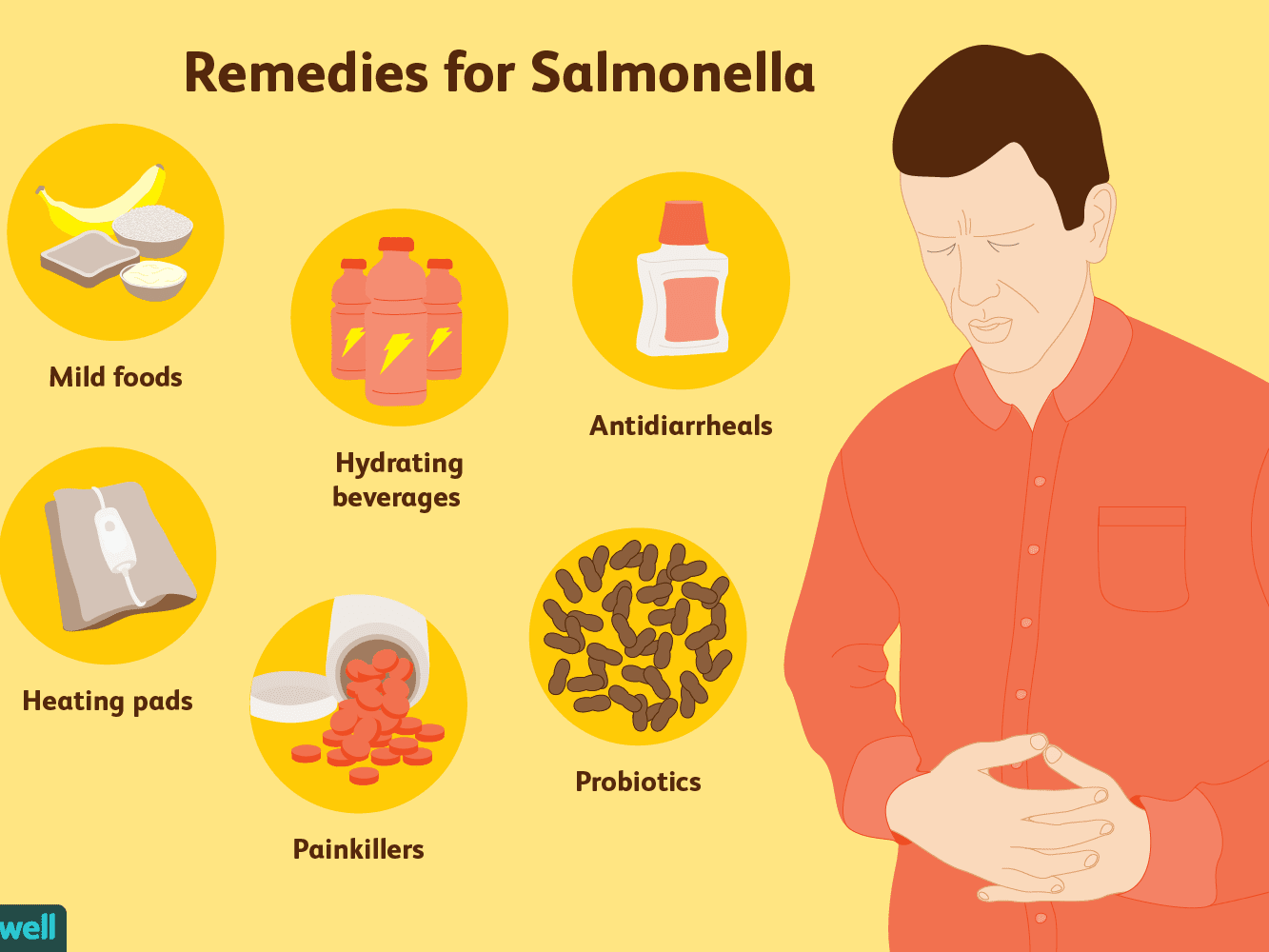
The bacteria Salmonella causes salmonellosis, which is a bacterial infection. Salmonella bacteria can be found in pigs, goats, cats, dogs, chickens, fish, reptiles, and amphibians, among other domestic and wild animals. Since infected animals don’t often exhibit symptoms of the disease, it’s important to wash your hands after touching them. If you have a pet turtle, for example, it could have Salmonella on its body and in its tank.
Salmonella will kill you or spread to other people and surfaces if you have it on your hands. Salmonella is also a tough bug that can live everywhere in the food chain. Consumption of infected foods such as eggs, fruit, and milk is a natural way for humans to contract the bacteria. And sure to properly cook your meals!
Salmonella is a major global source of diarrheal diseases, despite the fact that it is not as deadly as the other diseases on this page. People with compromised immune systems, such as children and the elderly, can experience severe symptoms. The dehydration that comes with it can be life-threatening for these people. Some Salmonella signs include:
Pressure in the abdomen
I’m throwing up
Diarrhea is a common ailment.
converting bones to liquid
3. Anthrax (Bacillus Anthracis)

Anthrax is caused by a spore-forming bacteria. Pigs, horses, dogs, camels, antelopes, and goats are examples of herbivore mammals that have it. Bacterial spores can persist for long periods of time and disperse quickly through the air. In our bodies, they become “enabled.” Fever, blisters, swollen lymph nodes, and fluid accumulation in the lungs are all signs of anthrax.
The survival rate of anthrax is determined by the form of exposure. Inhaling spores is one way to get anthrax.
Eating raw or undercooked meat from sick animals, or handling contaminated animal items such as fur and hides.
Inhalation is the most lethal, with an 80 percent or higher death rate even with therapy. The mortality rate of gastrointestinal anthrax caused by undercooked meat ranges from 25% to 75%. Around 20% of people get a cutaneous infection from touching goods. The most common form of anthrax is cutaneous anthrax, which is the simplest to treat with antibiotics.
Anthrax should not spread from person to person. It could, however, be used as a bioterrorism tool. Anthrax attacks, for example, began in 2001 after attackers mailed letters carrying the bacteria spores, infecting seventeen individuals and killing five.
4. Rabies

Rabies is a devastating virus that attacks all warm-blooded animals, including humans. The rabies virus is found in the saliva and brain tissue of sick animals. Viruses are normally transmitted to humans by bites. Getting into contact with open cuts or wounds will also transmit the virus. Humans are often infected with rabies by bat and dog bites. However, there have been reports of skunk, mouse, and raccoon bites.
Although rabies may be cured with a series of shots, including vaccines, the outcome is always lethal if care is not given immediately after exposure. Rabies is responsible for nearly 59,000 deaths globally, according to the CDC. Fever and headaches are among the first signs of rabies. Before death, this condition can quickly develop to a neurologic disorder, causing stiffness, confusion, trouble swallowing, and irritation. Some unanticipated signs of rabies include hydrophobia, or a fear of water.
Prevent your dogs from contracting rabies by getting them the required vaccinations from the veterinarian.
5. Zoonotic Influenza

Avian influenza viruses, especially the A(H5) and A(H7N9) viruses, also known as bird flu, are the most common zoonotic influenza viruses. Avian influenza viruses are spread by poultry such as chickens, turkeys, and ducks. Exposure to infected live or dead birds, as well as polluted areas such as bird markets, will transmit the virus to humans directly or indirectly. Infection may also be contracted by eating raw dishes with contaminated poultry blood. Another strain that affects humans is the swine influenza virus. It may be contracted from being in close proximity to sick pigs or their living quarters.
Although the incubation time and severity of symptoms are determined by the type of infection, most influenza cases begin with respiratory symptoms such as sore throats, fevers, and coughs. Symptoms of swine influenza viruses are normally mild and only rarely reported. Avian influenza viruses have the most violent effects, as well as the highest fatality rate for related viruses.
In humans, the H5N1 virus, for example, has a 60 percent mortality rate. It may cause symptoms such as diarrhoea, vomiting, internal bleeding, and chest pain, as well as complications like:
Dysfunction of multiple organs
Pneumonia is an infection of the lungs.
Respiratory failure due to hypoxia
Septic shock is a condition in which the body’s
6. Arbovirus
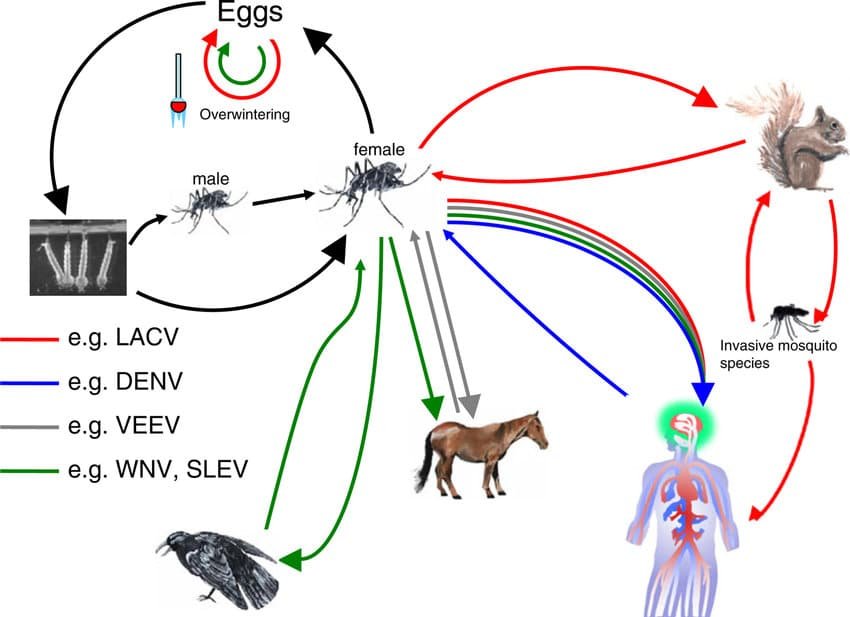
Arboviruses, such as dengue fever, Zika virus, and West Nile virus, are arthropod-borne viruses. Arboviruses are commonly transmitted through mosquito bites. Arboviruses are carried by various arthropods. Dengue fever, for example, is spread by the sting of an infected Aedes aegypti mosquito. Mosquitoes who have contracted the West Nile virus after feeding on sick birds or horses transmit it.
Each arbovirus has its own set of symptoms and mortality rates. Dengue fever affects about 400 million people each year, according to the Centers for Disease Control and Prevention (CDC), with 22,000 people dying as a result. The below are signs of severe dengue fever:
Blood in the vomit
Constant vomiting
Your bowel motions have blood in them.
Bleeding from the gums or nose is a common occurrence.
Are you sleepy or agitated?
Most people afflicted with West Nile virus do not get ill or have only minor effects. Severe reactions, on the other hand, have an effect on the nervous systems and can result in coma, meningitis, encephalitis, or death. Both meningitis and encephalitis are forms of brain inflammations or swellings that may result in death.
7. Malaria
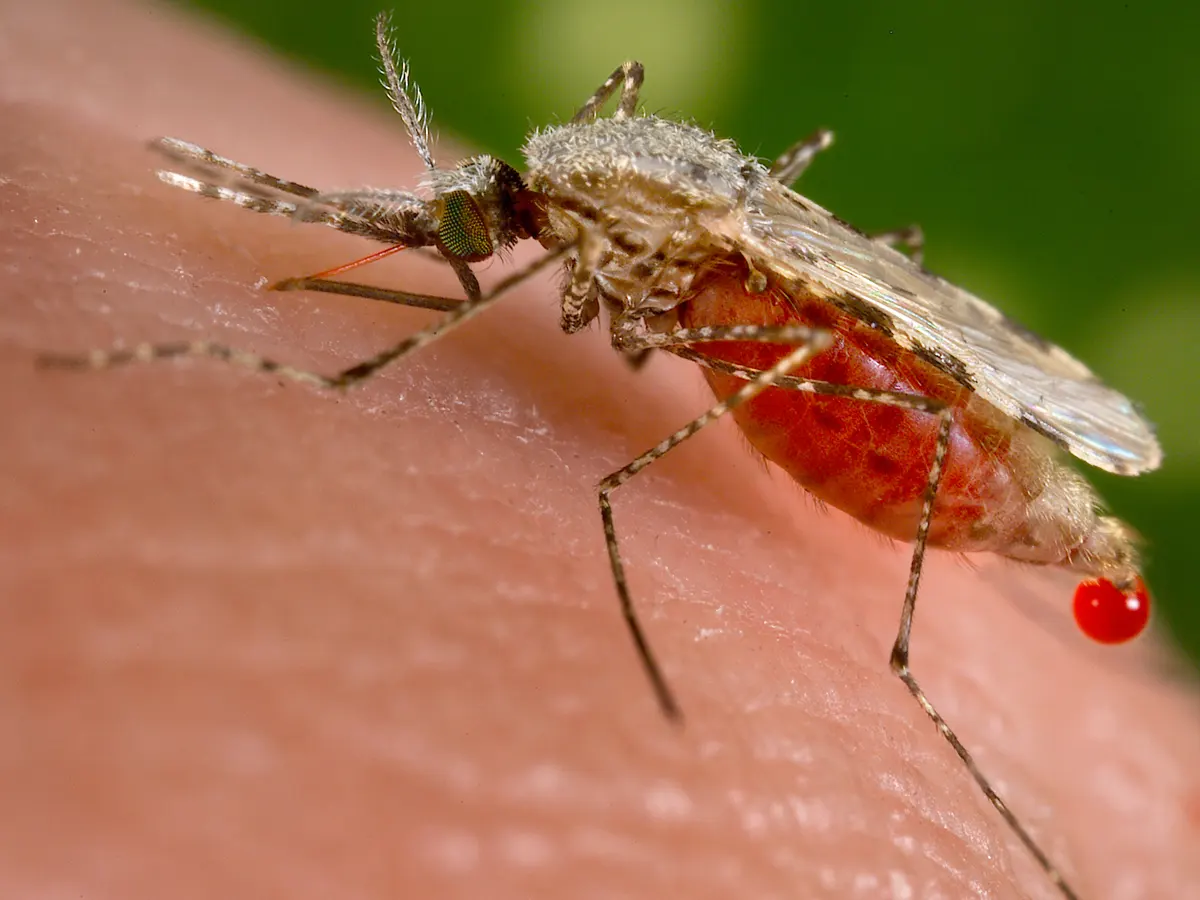
Malaria is a parasitic disease caused by the Plasmodium parasite, and it is spread by mosquitoes. The parasite that causes Malaria can be carried by the Anopheles mosquito. When mosquitos bite humans, they use saliva to avoid blood clots. This saliva is used to transmit the infection into our bloodstream. The parasites replicate in the liver after entering our bodies, then kill and consume red blood cells.
Malaria infected around 229 million people worldwide in 2019, according to the World Health Organization (WHO). Around 409,000 people died in the same year, with children under the age of five responsible for 67 percent of all deaths.
Malaria symptoms can range from moderate to extreme, depending on the parasite strain. Mild flu-like symptoms include fevers, fatigue, body aches, vomiting, diarrhoea, and exhaustion. Symptoms in more serious situations include:
Consciousness impairment
Convulsions are a common occurrence.
Distress in the lungs
Bleeding abnormally
Malaria can cause anaemia, vital organ dysfunction, and jaundice due to the extreme lack of red blood cells. The yellowing of the eyes and skin is known as jaundice.
8. Ebola Virus Disease (EVD)

Ebola hemorrhagic fever was the previous name for the Ebola virus disease (EVD). Humans can contract EVD from wild animals. If you come into contact with an infected animal’s bodily fluids, particularly those found sick or dead, you will become infected.
Humans may be infected by a variety of species, including:
Porcupines are a type of porcupine.
Antelopes are a kind of antelope.
Monkeys are fruit bats belonging to the Pteropodidae tribe.
Chimpanzees are chimps who live in the wild.
Gorillas are a type of primate that lives in
EVD becomes much more infectious as it enters the human population. Each outbreak resulted in human mortality rates ranging from 25% to 90%. Since handling sick patients, healthcare staff are often poisoned. Infection can be contracted by direct interaction with the following:
EVD-infected or EVD-dead person’s blood or bodily fluids
EVD-infected body fluids from contaminated surfaces
Headaches, nausea, fevers, muscle pain, and sore throats are some of the signs that may appear suddenly. It may then cause rashes, vomiting, diarrhoea, or more serious symptoms like:
Kidney and liver function problems
Both internal and external bleeding are possible.
Low levels of white blood cells
9. HIV and AIDS

Since its discovery in the 1980s, the human immunodeficiency virus (HIV) has become a public health concern. At the end of 2019, the World Health Organization reported that 38 million people worldwide were infected with HIV. The virus attacks the immune system, weakening our body’s ability to fight pathogens. The final stage of HIV infection, an acquired immunodeficiency syndrome (AIDS), includes the development of some cancers.
HIV is a form of lentivirus that attacks the immune symptoms of monkeys and apes, similar to the Simian Immunodeficiency Virus (SIV). Scientists have discovered that HIV strains are genetically similar to those present in chimps and sooty mangabeys. The most popular explanation on how the SIV strain became HIV in humans is that hunters transmitted the virus by consuming “bushmeat” from chimps or monkeys or by putting infected blood into wounds. SIV evolved to becoming HIV while within the human body.
Weight loss, fever, diarrhoea, and swollen lymph nodes are among the first signs of HIV in humans. Since the virus weakens the immune system, it can lead to serious illnesses like:
Infections caused by bacteria
Meningitis caused by cryptococcal bacteria
Tuberculosis is a form of tuberculosis that affect (TB)
Lymphoma and Kaposi’s sarcoma are examples of cancers.
There are HIV treatment regimens that kill the virus and help infected people’s immune systems to heal and combat infections. As the battle for an HIV cure proceeds, lifetime antiretroviral therapy (ART) is currently used to help deter virus spread.
10. Novel Coronavirus (COVID-19)
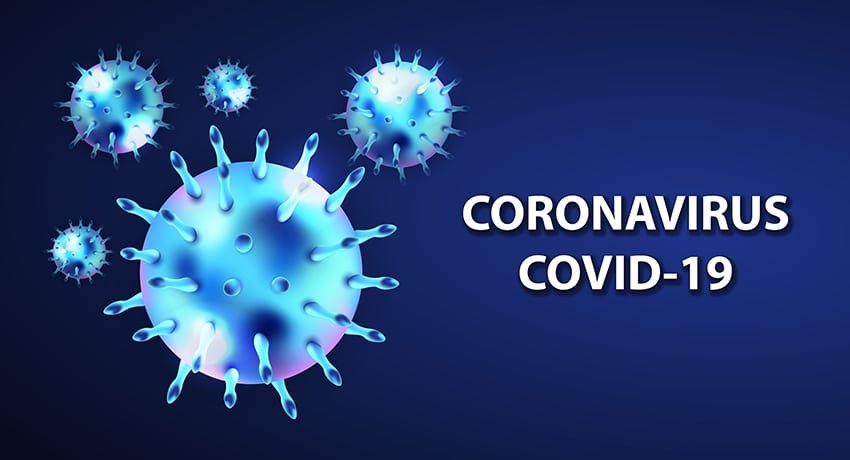
The COVID-19 outbreak, which became pandemic in 2020, was caused by a novel coronavirus known as SARS-CoV-2. Although the virus’s genetic makeup indicates it originated in bats, Chinese authorities believe the initial epidemic in Wuhan was linked to a seafood industry. According to two hypotheses, the market sold pangolins, or snakes, could have been the intermediary species that transmitted the virus from bats to humans.
The signs vary based on the strain and the person that has been infected. It can range from minor signs like a sore throat, headaches, diarrhoea, and skin rashes to more serious signs like:
Taste or olfactory loss
Chest pain that doesn’t go anywhere
Sleep disturbances
Complications in the nervous system
Since research on disease origins takes time, we do not know exactly how the virus started to infect humans. We do know it has had deadly effects and is extremely contagious. At the beginning of April 2021, there have been over 132.4 million cases of people infected globally and over 2.87 million deaths from COVID-19.
Also, Checkout: World Kidney Day: 2021













